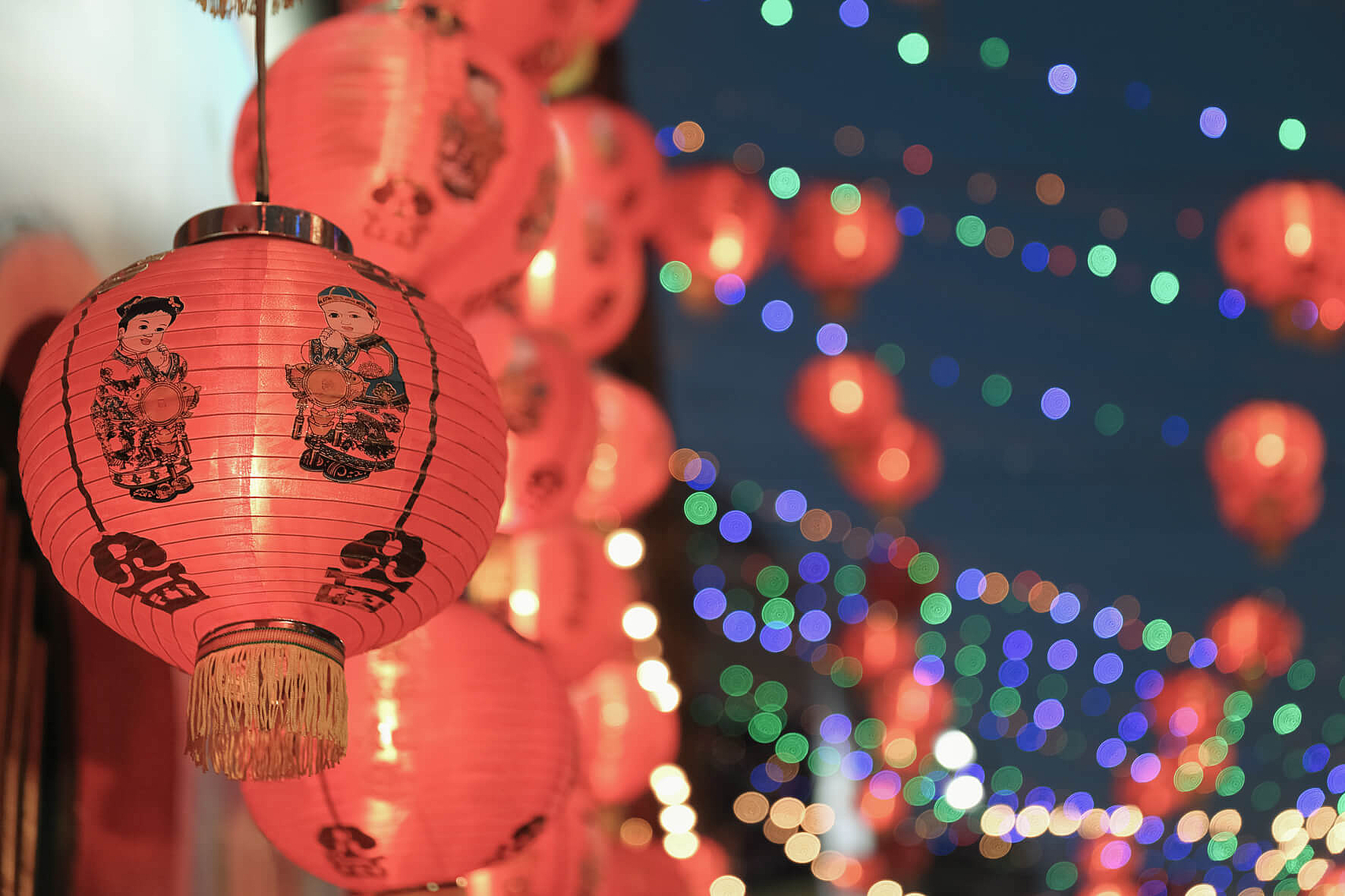The tiger follows the buffalo
- Facts
On February 1, 2022, it will be that time again: In China and East Asia, millions of people will welcome the year of the water tiger with colorful festivities. The official public holiday and the traditional holiday period that follows it are usually considered the most important events of the year. When the COVID-19 pandemic is not messing everything up, the Chinese "New Year" has extensive effects on the job market, productivity and logistics in the Middle Kingdom – it’s basically a Chinese version of a “shutdown”.




We offer specialized logistics solutions and warehousing facilities for the requirements of a range of industries.
Uniform standards in all of our logistics centers around the world ensure high quality and reliability. Benefit from our comprehensive network of warehouses in Europe, Asia and the USA.
Find out more
Our rail service is 50% faster than sea cargo and 60% less expensive than air cargo, giving you the best of both worlds.
Rail transport is a fast, cost-effective and environment-friendly alternative to air and sea freight. Our specialized teams will create the optimal rail transport concept for any commodity.
Find out more

